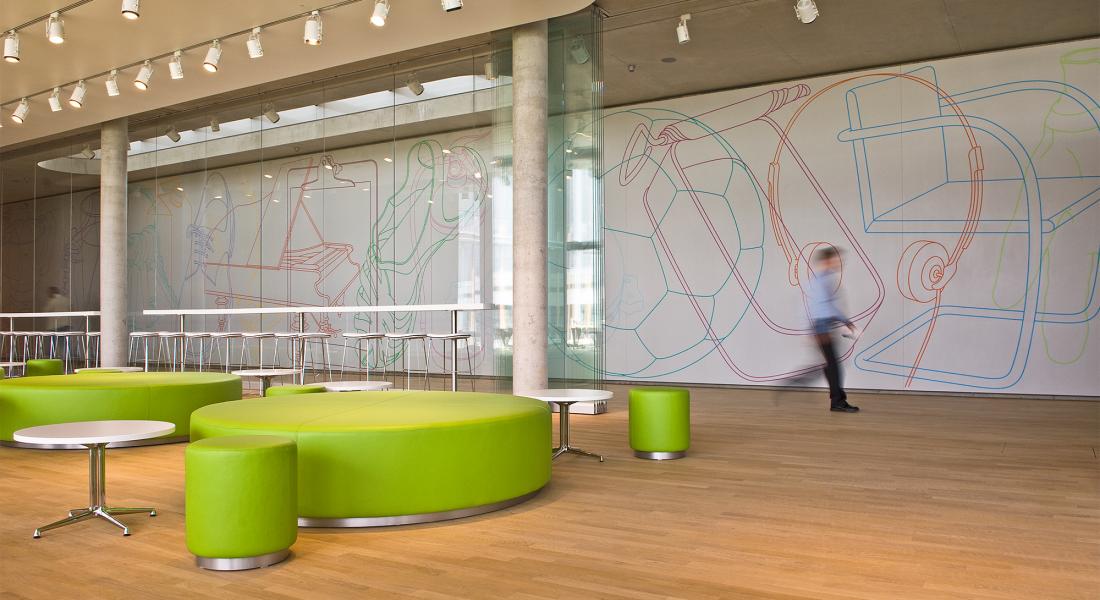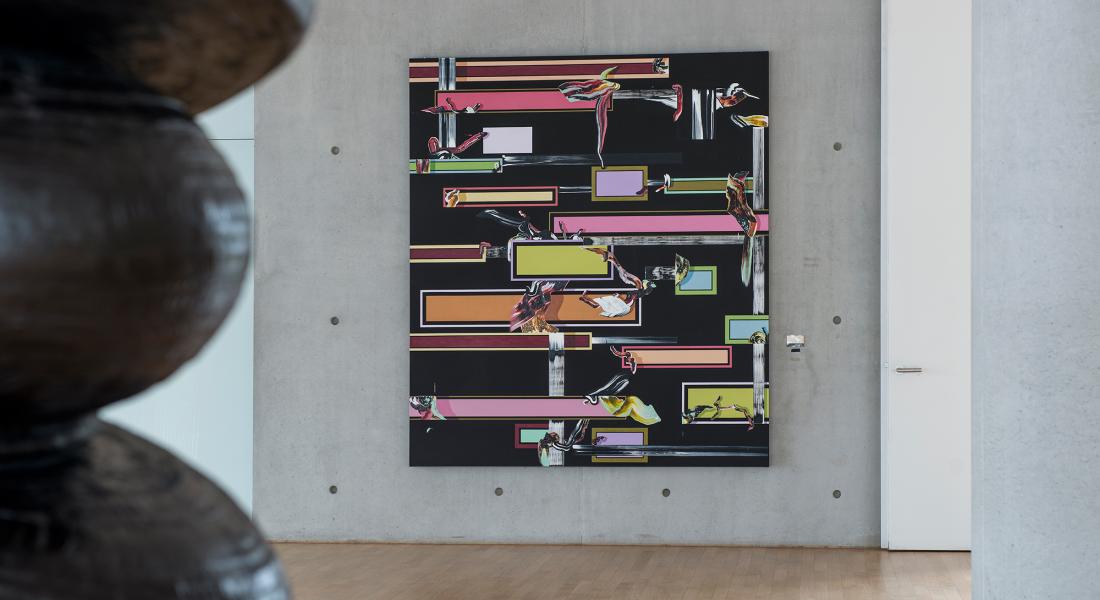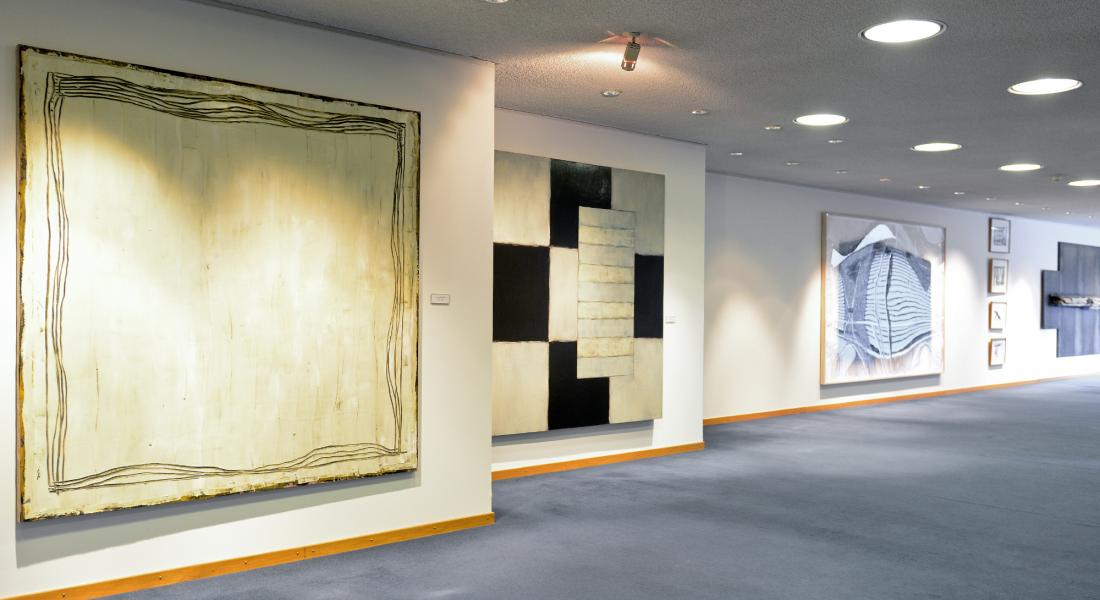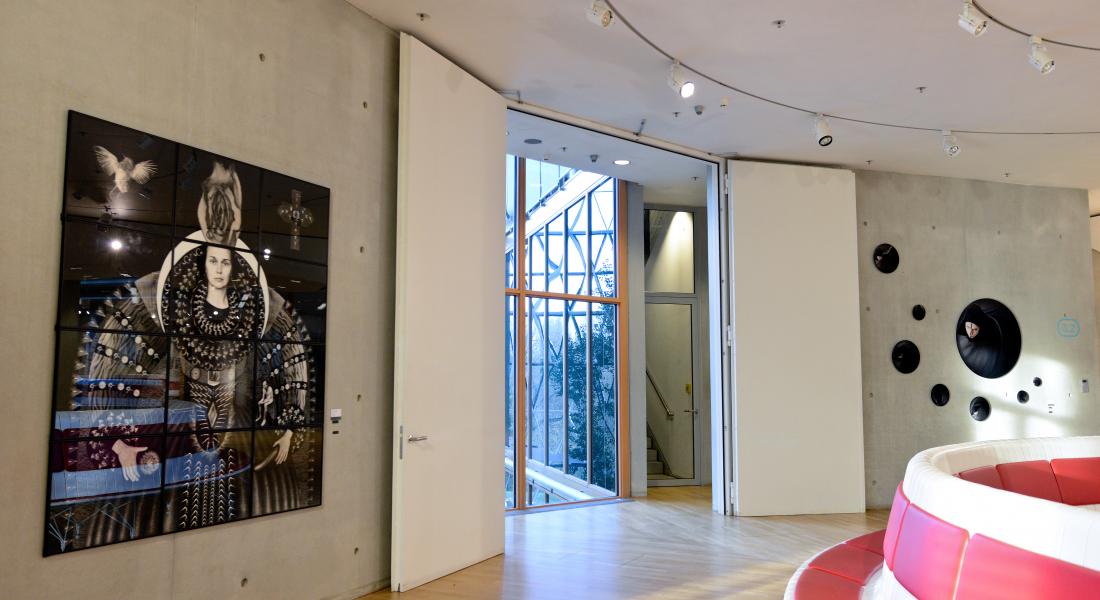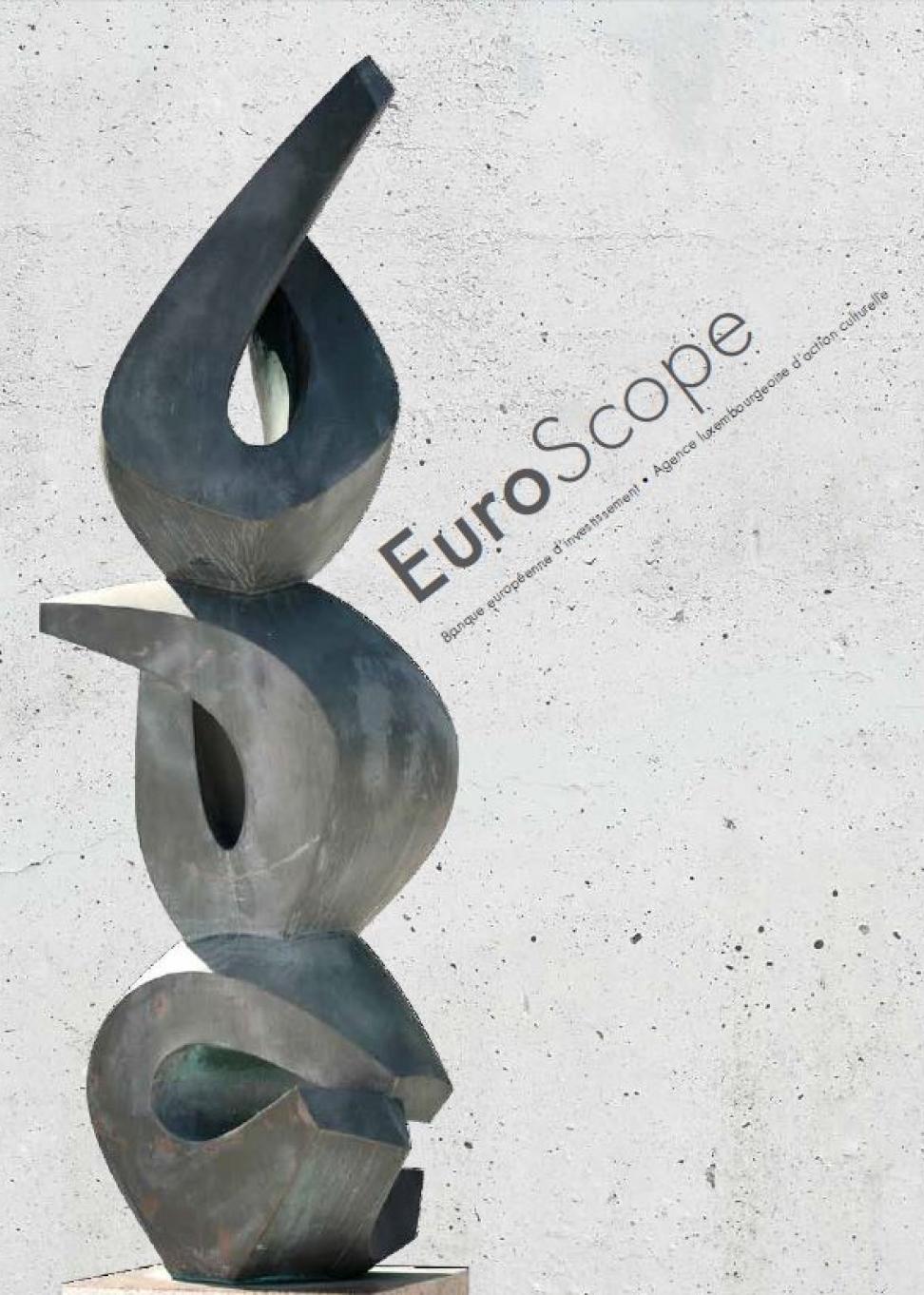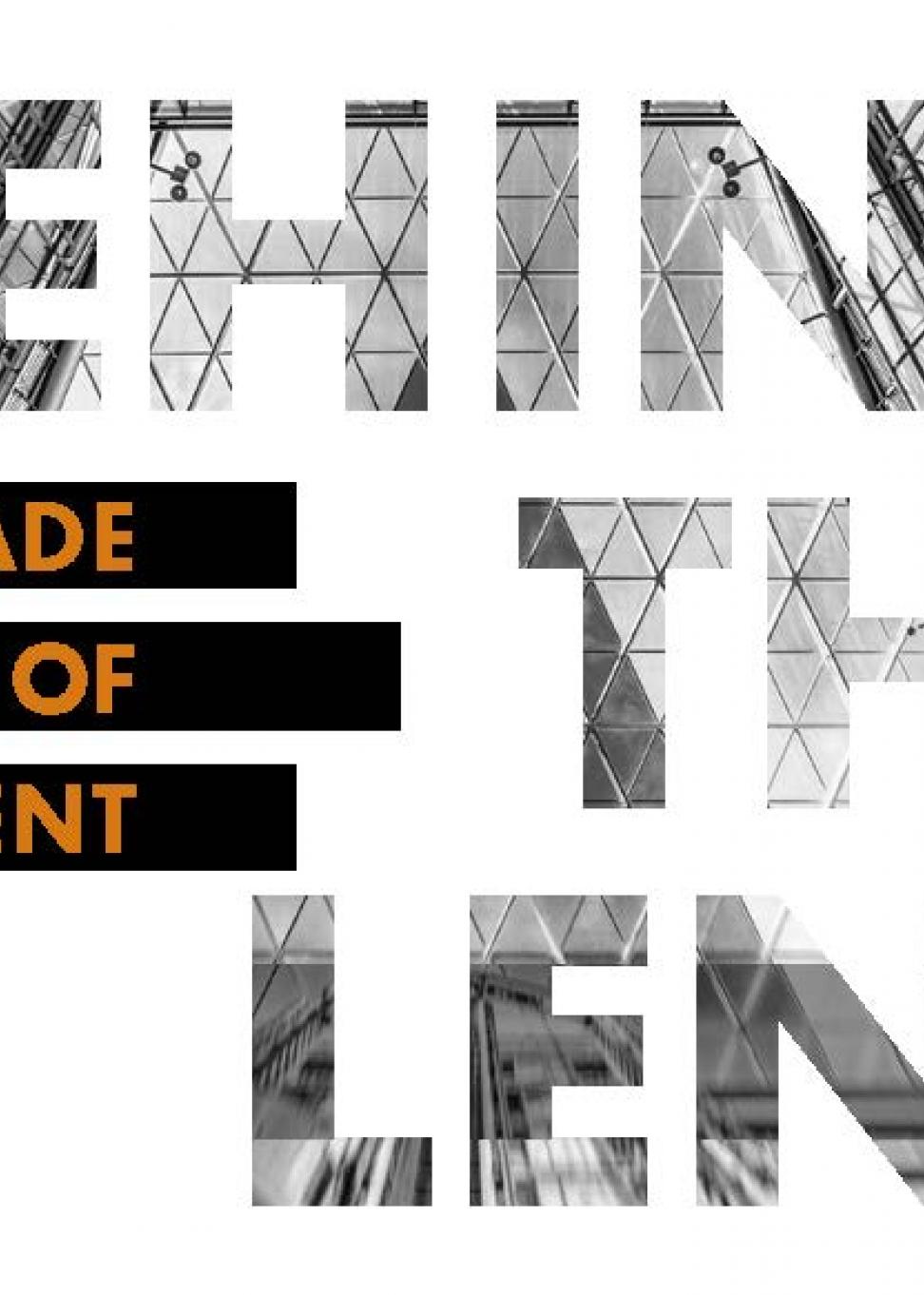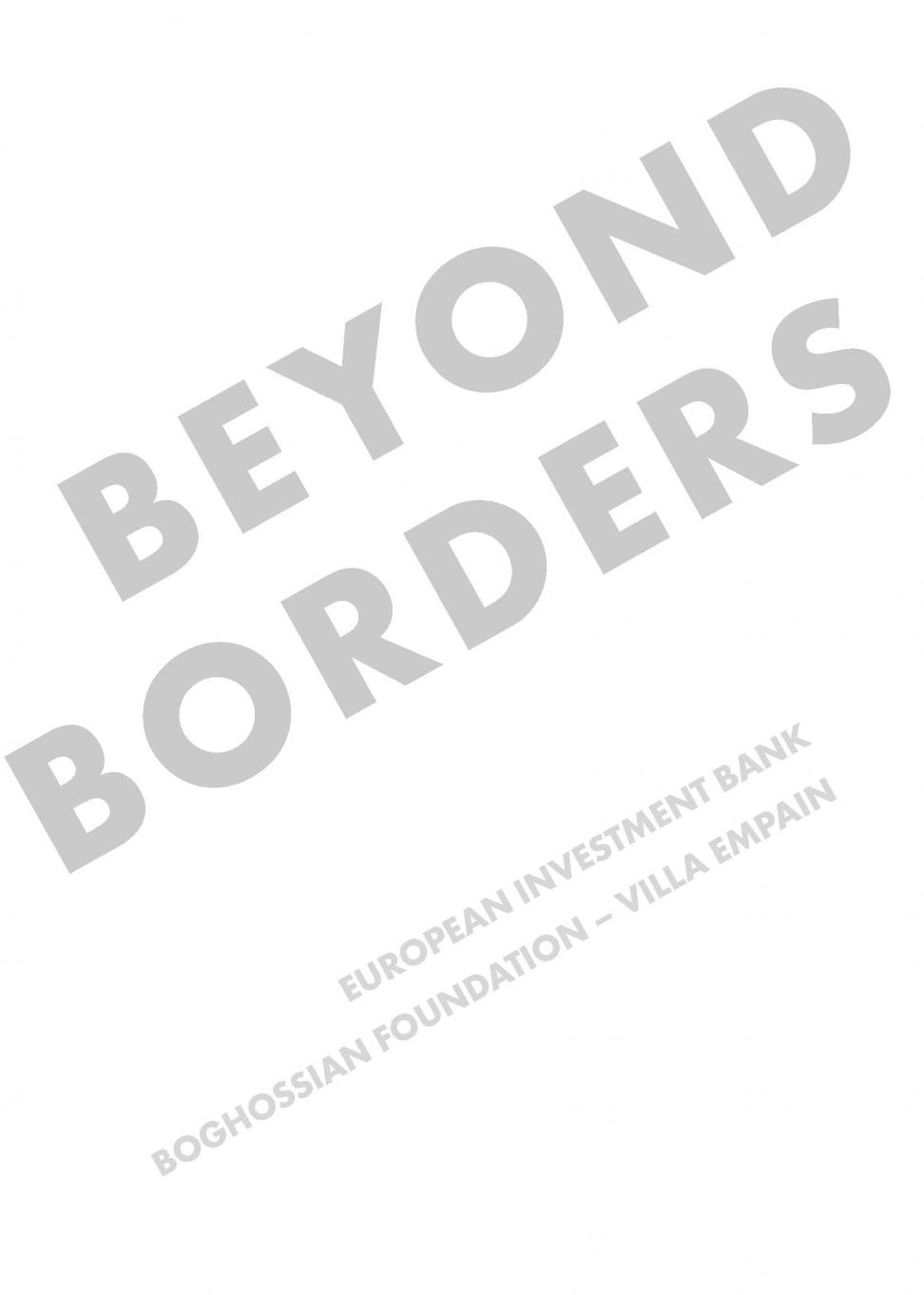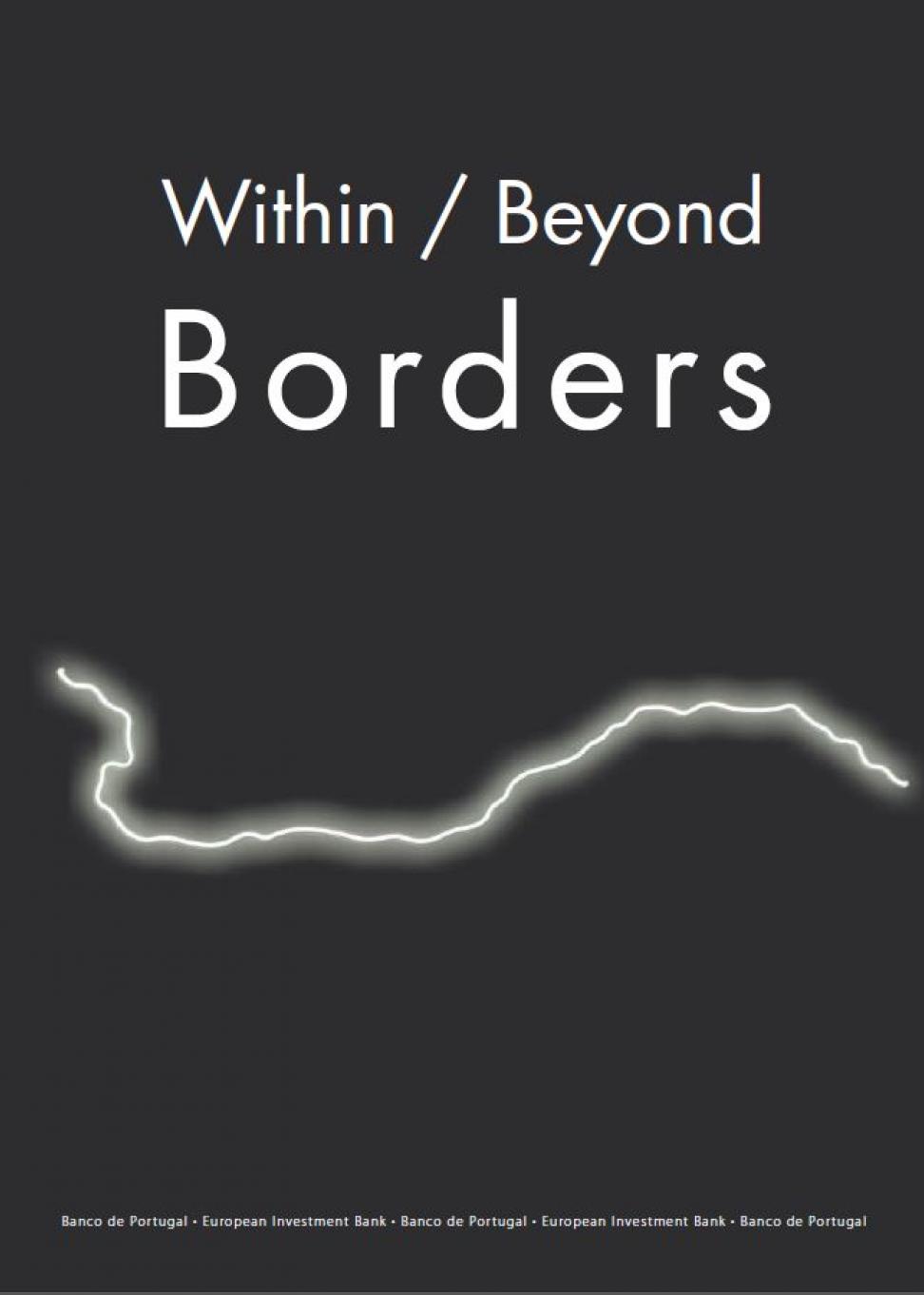While the EIB does not have a dedicated public exhibition space, it shares its cultural assets with the public by regularly curating external exhibitions of its collection throughout landmark European cultural venues. Previous and exhibitions include:
Belonging, 2022, multi-site exhibition, Limerick, Ireland
Beyond Borders, 2018 - 2019, Boghossian Foundation – Villa Empain, Brussels, Belgium
EuroScope, 2015 – 2016, Cercle Cité, Luxembourg City, Luxembourg
Within/Beyond Borders, 2014, Museu do Dinheiro - Banco de Portugal, Lisbon, Portugal
Within/Beyond Borders, 2011, Byzantine and Christian Museum, Athens, Greece
The EIB Collection is occasionally open to the public during dedicated open-day events such as Private Art Kirchberg. Guided tours are regularly organised upon request.
https://institute.eib.org/programmes/arts/art-collection
Launch year:
1958
Number of artworks:
Around 1000 works of art, including over 800 contemporary artworks
Status of collection:
International
Artistic domains and general information about the collection:
The European Investment Bank (EIB) has an art collection of some 1000 works ranging across all media: paintings, photographs, works on paper, sculptures, installations, media-based art and site-specific commissions. The collection consists mostly of European contemporary art and is complemented by Old Masters, 19th century and modern pieces acquired prior to the establishment of a collecting policy focused solely on European contemporary art in the 1990s.
The collecting policy requires works of art to have been produced after 1958, by an artist alive at the time of acquisition who is either a national or long-term resident of one of the EU Member States.
Art acquisitions are subject to a rigorous process of selection, under the guidance of an Acquisitions Committee and with the assistance of industry experts. The guiding philosophy of the EIB art collection is to respond keenly to strategic developments in the EIB and the EU. Through its distinctive collecting policy, it provides a living testament to the construction/deployment and questioning of Europe and a forward-looking window on emerging talent.
The development of the collection remains a continuous process of renewal, reflecting the changing European landscape from the point of view of European artists. In recent years, efforts have been made to develop different means of sourcing work from emerging artists as well as to ensure more diversity and inclusion in the collection. Moreover, there is a preference to acquire from socially-engaged artists whose practices align with the EIB Group's mission, values and strategic priorities.
Commission programme / Site-specific order(s) :
Jaume Plensa, BORN-DIE, 1999
Tamás Trombitás, Letters, 1999
Magdalena Jetelová, Chair, 2000
Michael Craig-Martin, Parade, 2005-2008
Michael Craig-Martin, One World, 2005-2008
Tobias Rehberger, 283 Individual Works on Paper, 2008
Artists Development Programme (ADP) - A premier talent accelerator for emerging EU talent
The ADP is a residency and mentoring programme set up by the EIB's Arts & Culture Programme. This unique talent scouter and accelerator offers emerging European artists under the age of 35 the opportunity to develop their practice in a high-quality professional context, without any material constraints, under the supervision of internationally renowned artists/practitioners.
This residency provides an exceptional learning and networking opportunity for young artists, while the exhibition of the produced artworks at the EIB premises adds the credibility of an established setting. From 2013 to 2024, 44 winners have benefited from the ADP and 60 artworks have been acquired to enrich the Bank's collection.
More than just a residency scheme, the ADP also serves as a living laboratory for examining the most pressing issues of today – climate change, global economies, migration, diversity, gender issues, food security, the COVID-19 pandemic, the war in Ukraine – through the lens of art. Works acquired from these artists have greatly enriched the EIB collection; the socio-political commentary they often contain sparks reflection and discussions on many hot-button topics of significant interest to the EIB Group.
The ADP has propelled the careers of artists who have gone on to exhibit at some of the world’s most recognisable institutions (such as the Tate Britain) and receive recognition from the art world’s most prestigious prizes and events (Turner Prize nomination, Venice Biennale).
In line with the ADP’s goal of boosting the careers of young artists through mentorship and networking opportunities, a suite of vernissage events targeting important corporate and cultural stakeholders in Luxembourg and the Greater Region is organised following each edition of the Programme, providing much-deserved visibility for these promising young talents.
About the company
Launch year:
1958
International presence:
Some 40 offices around the world
Annual revenue:
Not disclosed
Number of employees:
Around 3,000 employees
Profile of the company:
The EIB is the lending arm of the European Union. It is the biggest multilateral financial institution in the world and one of the largest providers of climate finance. It is the only bank owned by and representing the interests of the EU Member States. The EIB provides finance and expertise for sound and sustainable investment projects that contribute to furthering EU policy objectives. More than 90% of the EIB's activity is focused on Europe but it also supports the EU's external and development policies.
